Carbon content at around 0.7% when heated to above 750°C forms austenite, which has very low strength and hardness but exceptional ductility. The reason for heating during forging is to utilize the excellent plasticity of austenite. When rapidly cooled by sudden immersion in water, it transforms into another crystal structure known as martensite. Martensite has high hardness, and the higher the carbon content, the easier it is to form martensite, but there is a limit when the carbon content exceeds 0.8%.
If austenite is not rapidly cooled in water but rather slowly cooled, it will not form martensite but pearlite. Pearlite has higher strength, moderate hardness, and certain ductility. When viewed under a microscope, it exhibits a luster similar to the surface of pearls, hence the name pearlite. If the carbon content is low (less than 0.77%), in addition to pearlite, a small amount of ferrite will also form. The properties of ferrite are similar to pure iron, with low strength and hardness but good plasticity and toughness. When the carbon content is exactly 0.77%, all of it will be pearlite, and the lower the carbon content, the more ferrite will be formed.
Before quenching the forged composite into the water, a layer of specially formulated clay is applied to the surface of the blade. The portion close to the back of the blade is covered with a thicker layer of clay, gradually thinning downward, while the edge of the blade is left uncovered. During water quenching, the uncoated edge section of the blade (the wave pattern of the blade) comes into direct contact with water for rapid cooling, while the clay-coated section undergoes slow cooling without direct contact with water.
The carbon content of the kawatetsu is generally around 0.77%. Through the traditional technique of clay application on the blade, during the quenching process, the kawatetsu of the blade edge rapidly cools to form martensite, while the back portion forms pearlite. Meanwhile, the carbon content of the shintetsu is only around 0.2%, with a significant proportion of ferrite. This achieves the desired state of high blade hardness, high back strength, and good internal toughness.
A good sword should possess both flexibility and hardness. During combat, the sides of the blade should exhibit elasticity, capable of absorbing and neutralizing the shock from the opponent's weapon attacks, preventing the hand from becoming numb and the weapon from slipping. The blade edge should maintain sufficient hardness, allowing it to be sharpened. This successfully overcomes the contradiction of traditional ironware being either too soft or too hard, ensuring a balance between flexibility and hardness, and enabling effective offense and defense.
The essence of the hamon, in fact, lies in the transition between pearlite and martensite. Therefore, the hamon is not a single contour line, but rather a zone where pearlite and martensite coexist.
Read more
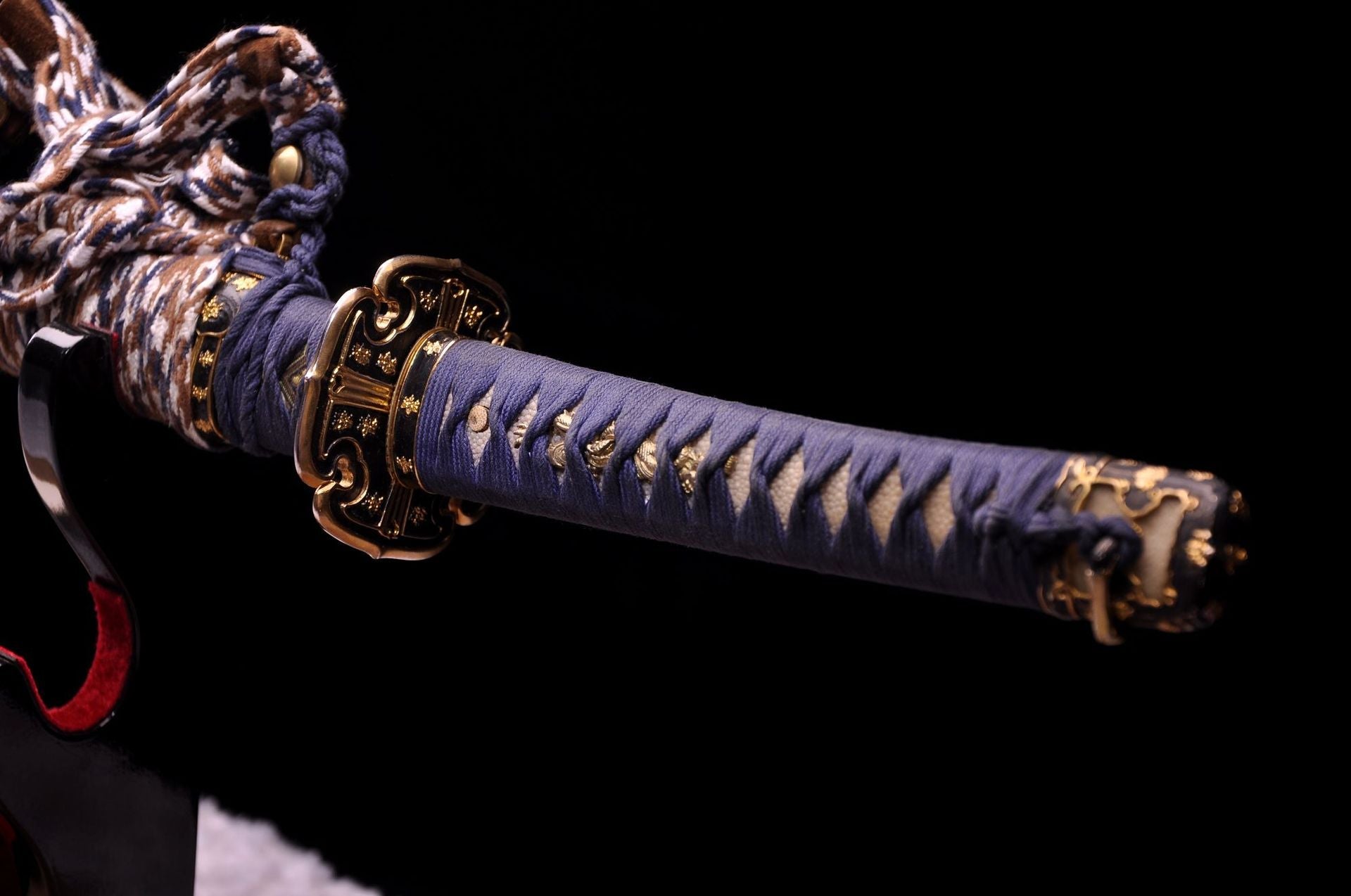
The tsuka, or handle of a sword, plays a vital role in its functionality and aesthetics. A well-designed handle must offer a comfortable grip, ensuring that it is neither too thick nor too thin. Th...
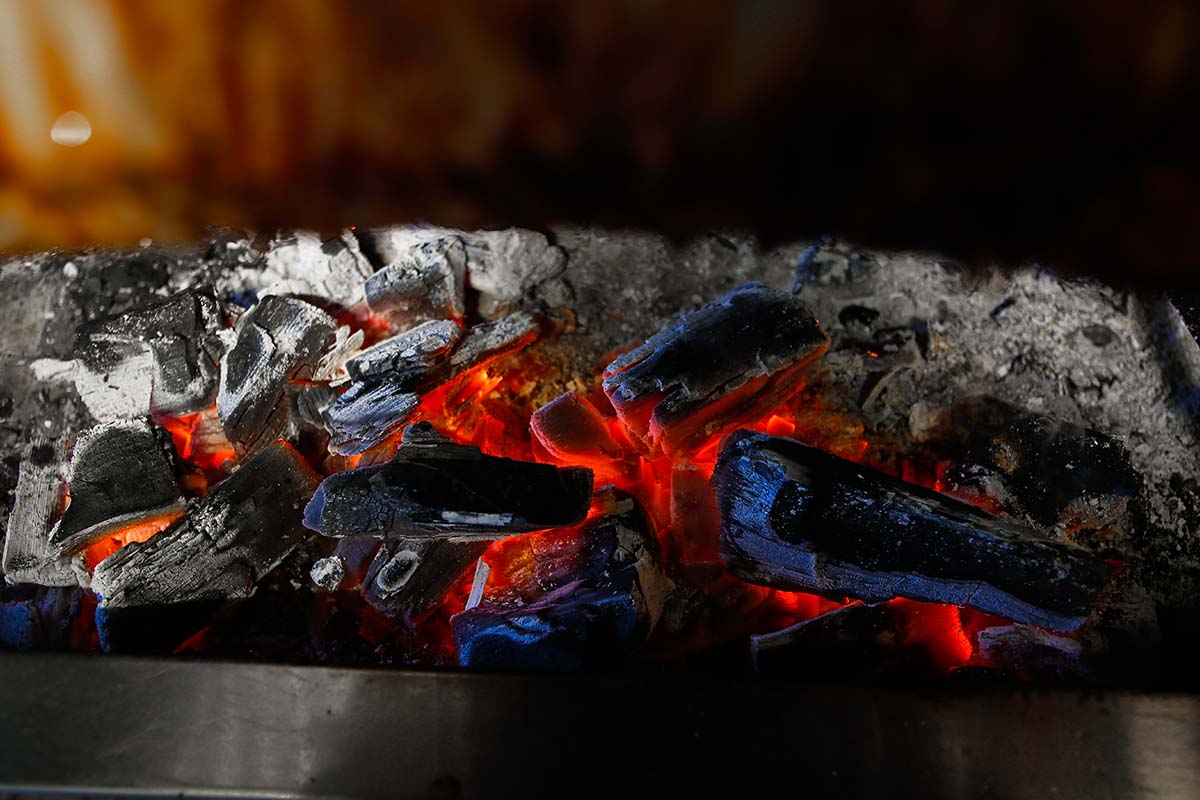
Tamahagane, the legendary steel behind authentic Japanese katanas, is forged through a centuries-old tradition using iron sand and charcoal. Discover the intricate smelting process inside the ancie...
Shop katana
Our katana store offers a wide selection of japanese swords — from traditional katanas and anime-inspired designs to fully functional blades — featuring a variety of materials and craftsmanship to suit your preferences.

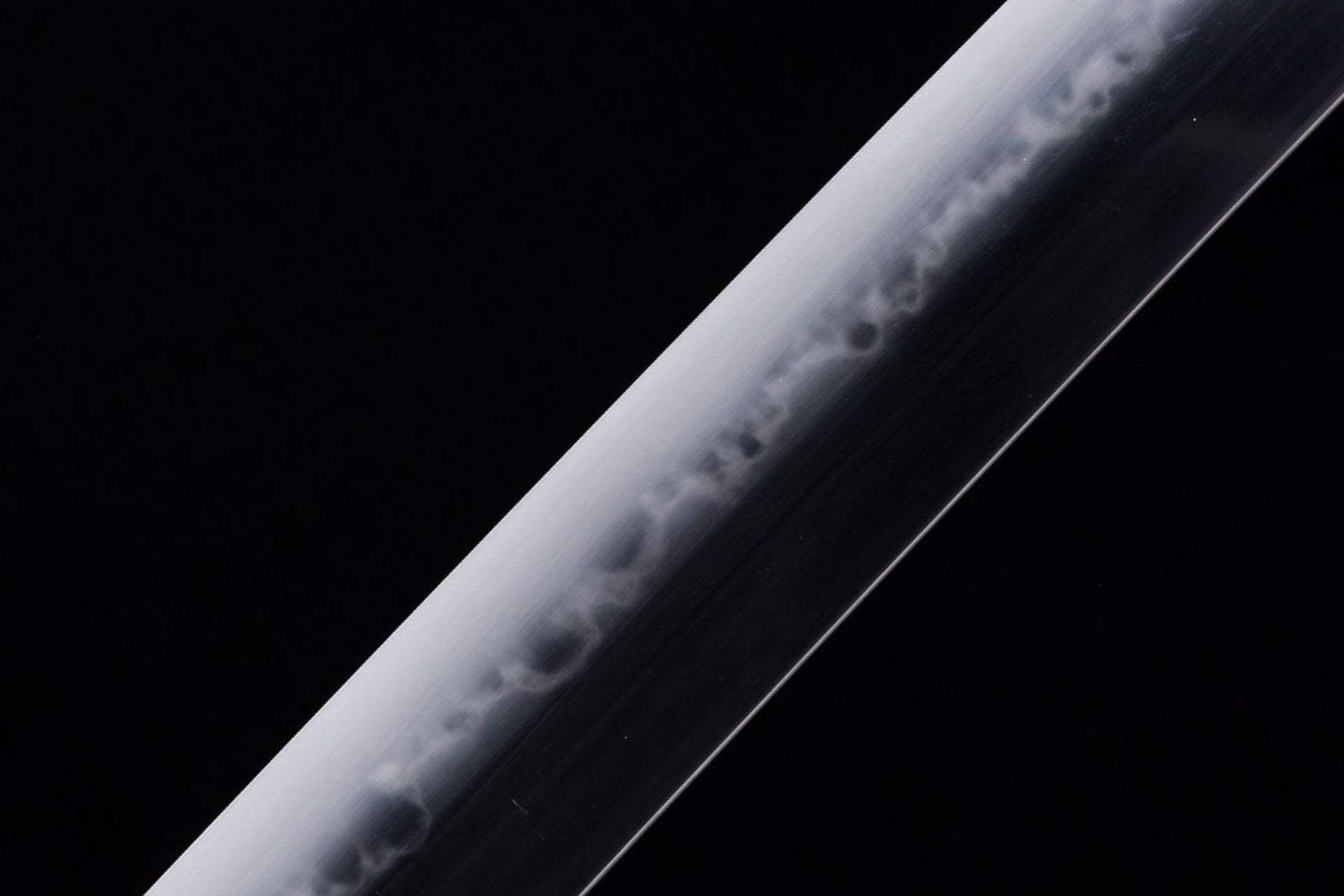
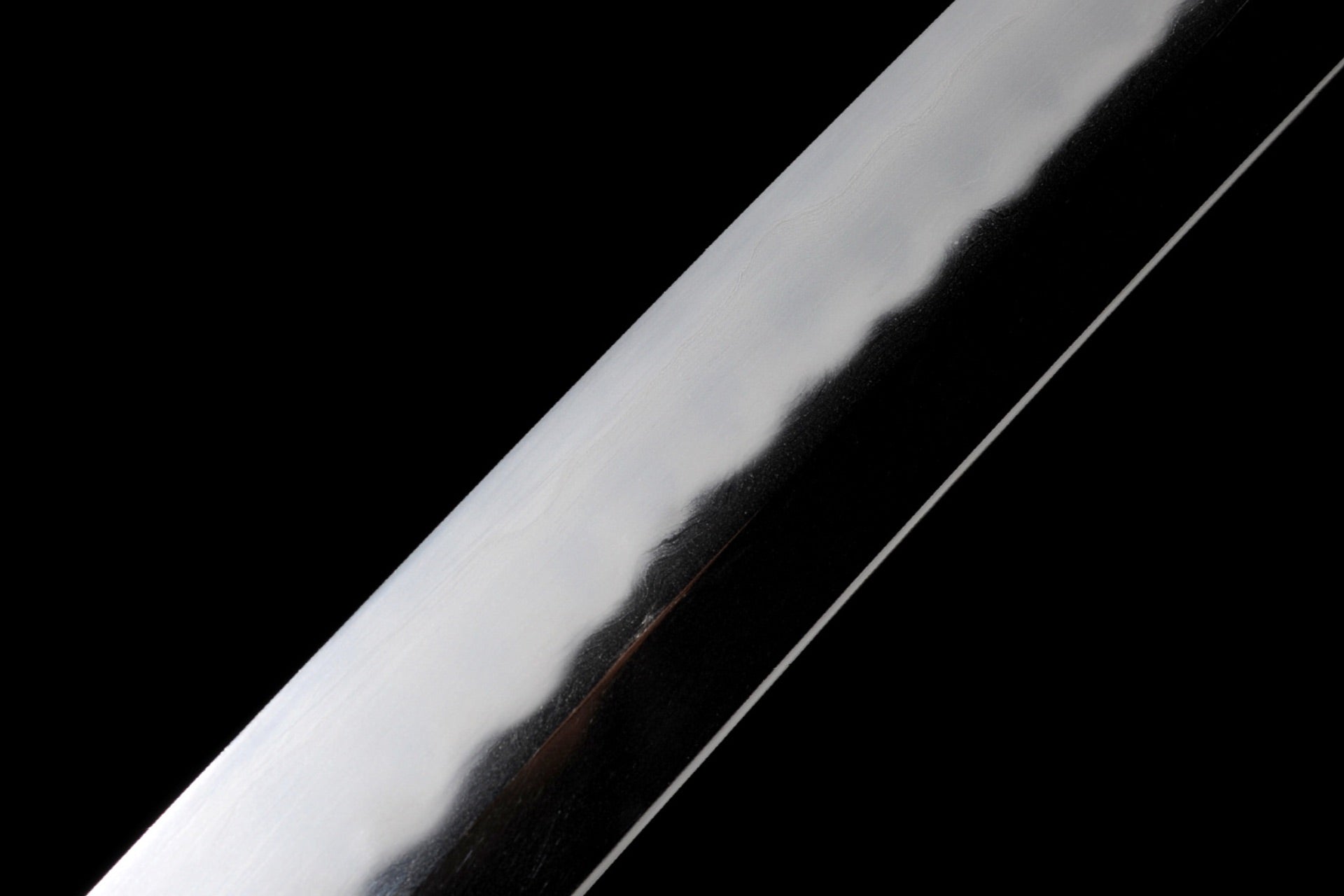
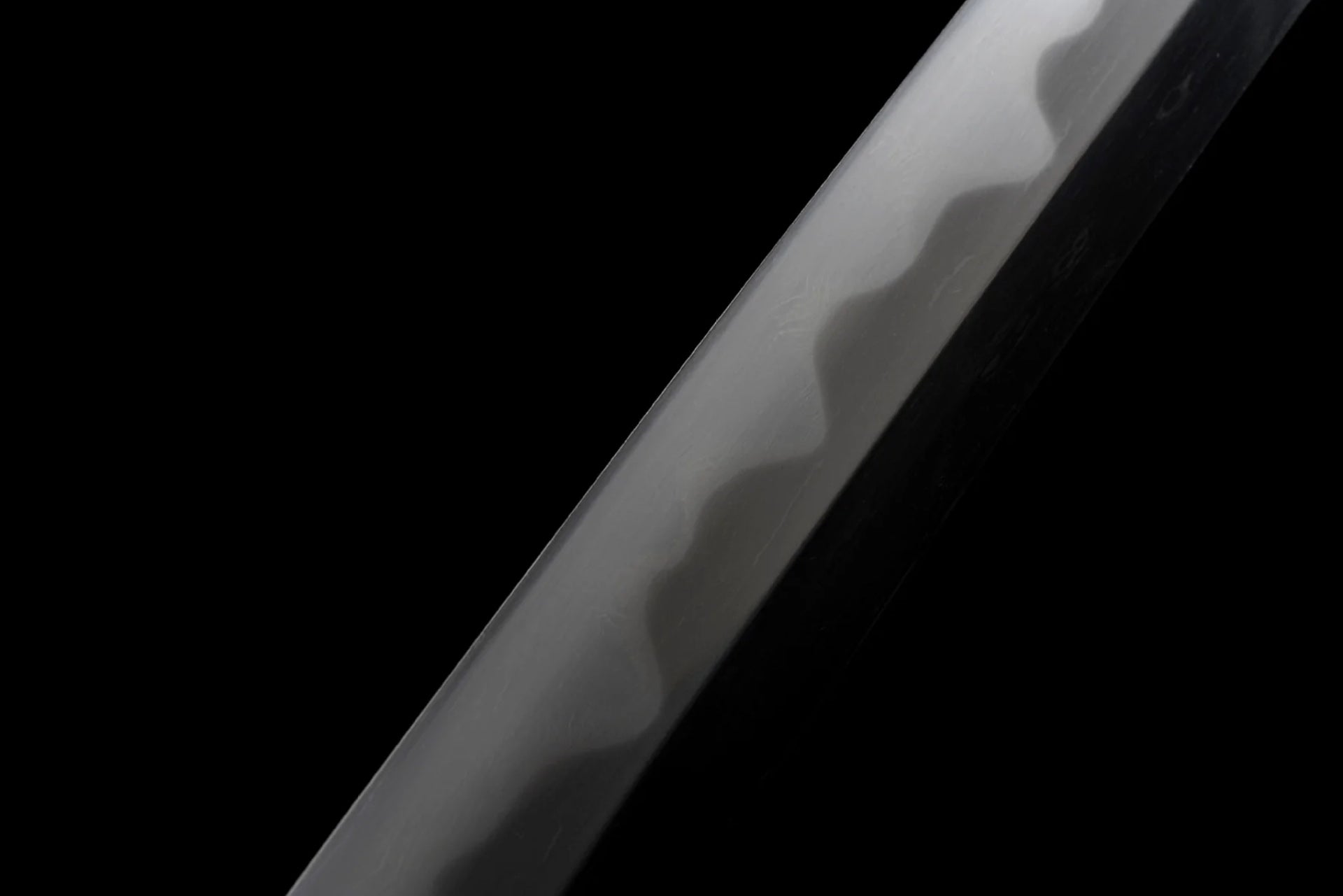
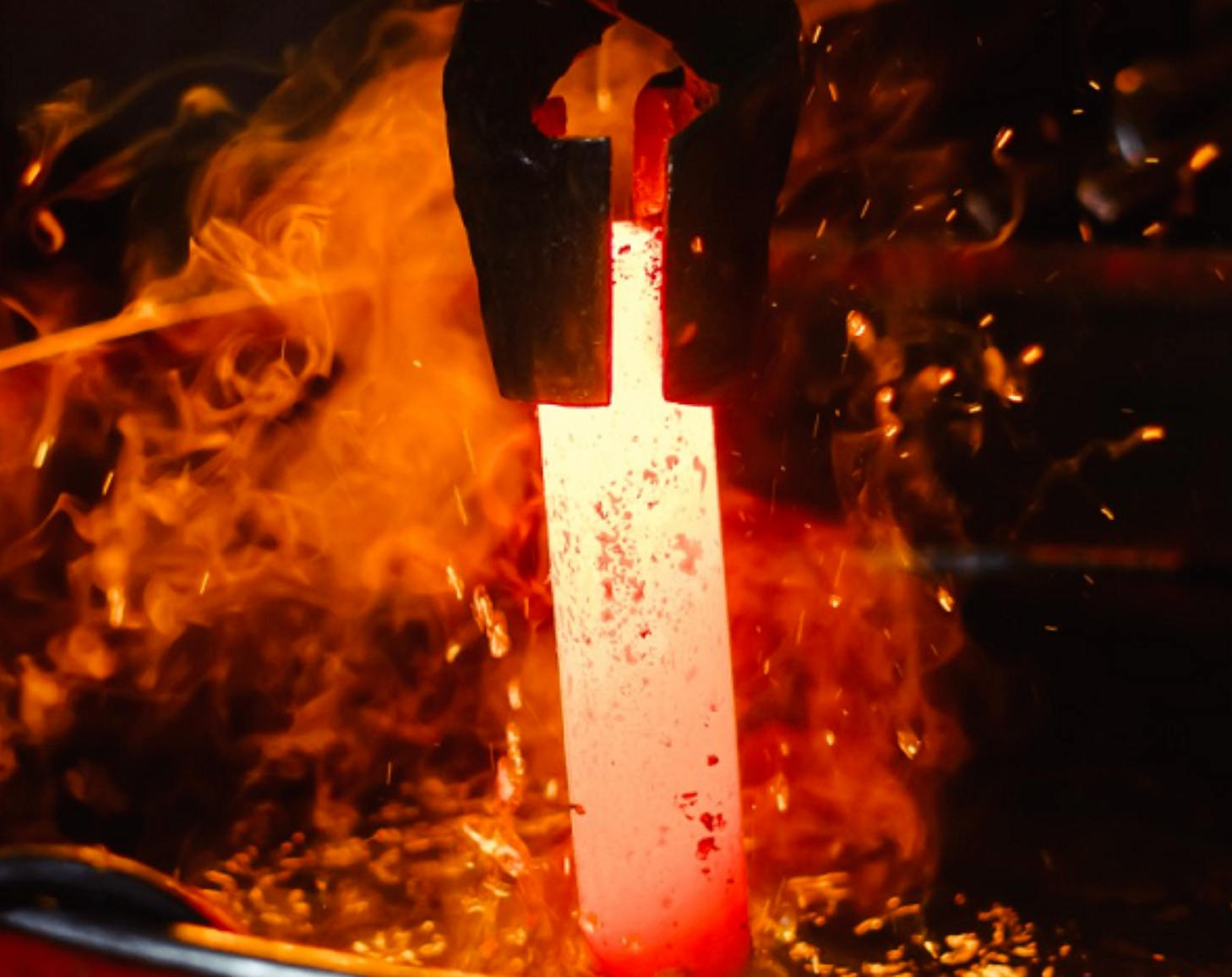
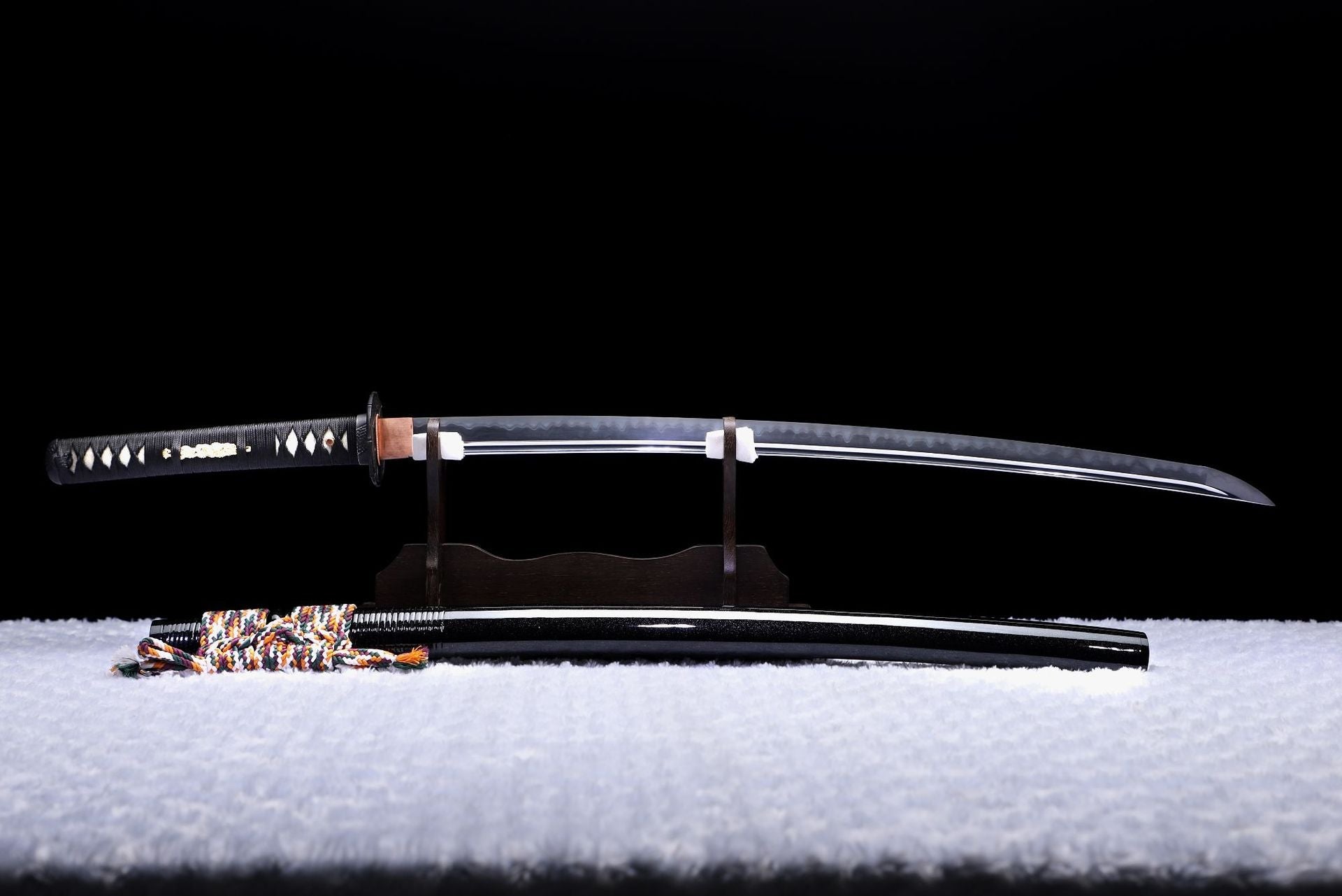
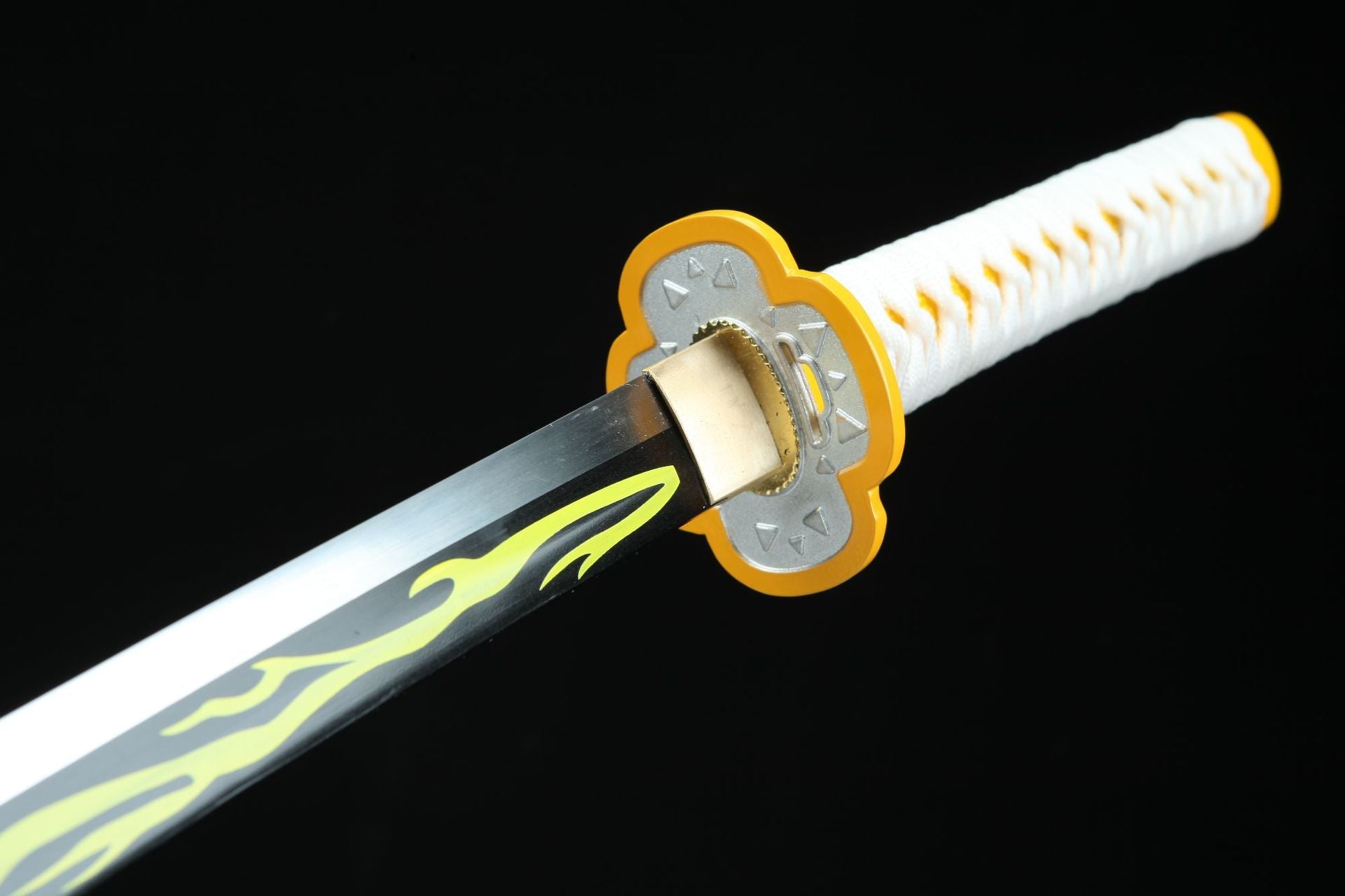
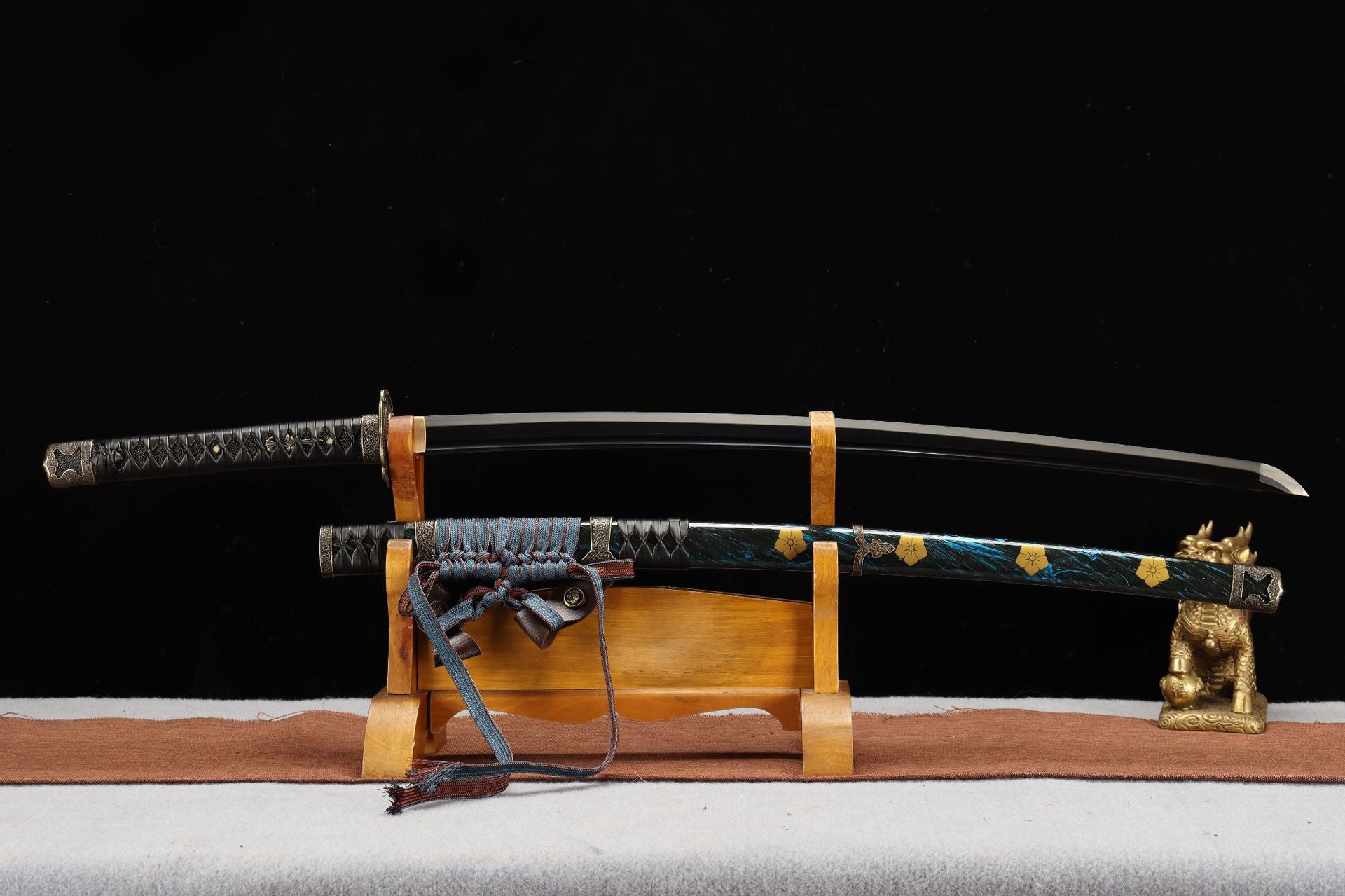
Leave a comment
All comments are moderated before being published.
This site is protected by hCaptcha and the hCaptcha Privacy Policy and Terms of Service apply.